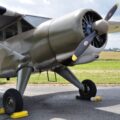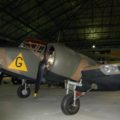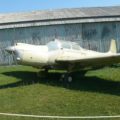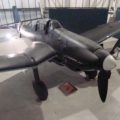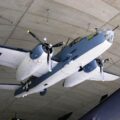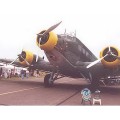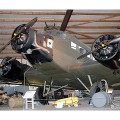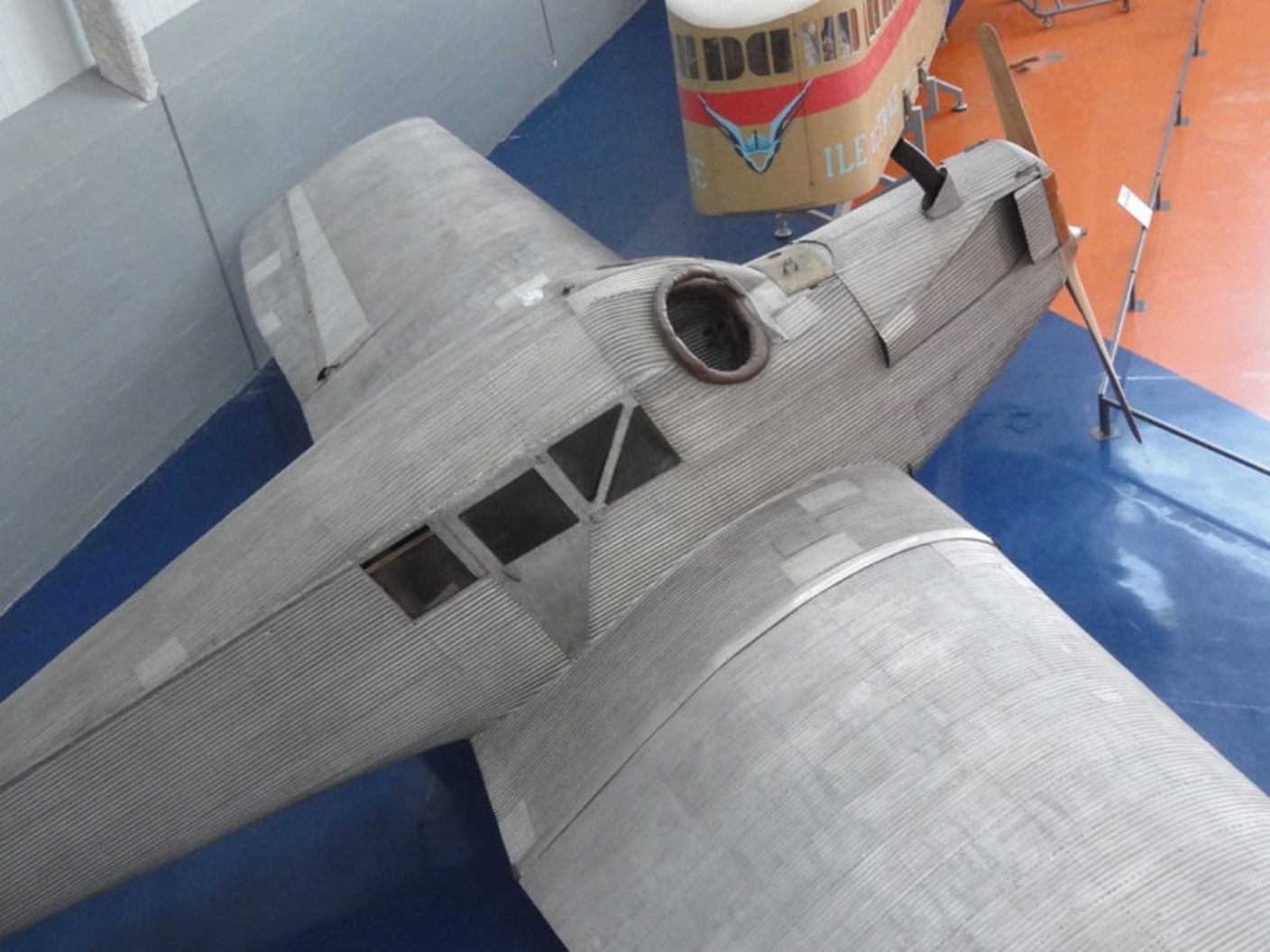
Junkers F.13 | |
|---|---|
| País | Alemanha |
| Papel | Transporte de passageiros de pequeno porte |
| Primeiro voo | 25 de junho de 1919 |
| Construído | 322 |
O Junkers F.13 (também conhecido como F 13) foi o primeiro avião de transporte totalmente metálico do mundo, desenvolvido na Alemanha no final da Primeira Guerra Mundial. Era um monoplano avançado de asa cantilever, com acomodação fechada para quatro passageiros. Mais de 300 foram vendidos. Ficou em produção por treze anos e em serviço comercial por quase vinte anos.
Fonte: Junkers F.13 na Wikipédia
| Junkers F.13 Andam por aí | |
|---|---|
| Fotógrafo | Meindert de Vreeze |
| Localização | Desconhecido |
| Fotos | 22 |
Kits relacionados:
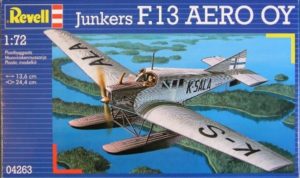
| Junkers F.13 Andam por aí | |
|---|---|
| Fotógrafo | Desconhecido |
| Localização | Desconhecido |
| Fotos | 23 |
Encontre kits no eBay:
The Junkers F.13 was a groundbreaking aircraft that revolutionized the field of civil aviation. It was designed and built by the German company Junkers, led by Hugo Junkers and Otto Reuter, in the aftermath of World War I. It was the first aircraft to have an all-metal structure and skin, made of duralumin, a light and strong aluminium alloy. It was also the first to feature a low-wing cantilever design, without any external braces or wires, which improved its aerodynamics and performance. The Junkers F.13 had a single engine, either water-cooled or air-cooled, depending on the model, and could carry four passengers in a comfortable and heated cabin. The pilots sat in a semi-open cockpit behind the engine. The aircraft had a fixed landing gear with a tail skid, but some versions could be equipped with floats or skis for water or snow operations.
The Junkers F.13 made its first flight on June 25, 1919, and entered service in 1920. It was used by various airlines and operators around the world, including Junkers’ own airline, Junkers Luftverkehr, which later merged with Deutsche Luft Hansa. The Junkers F.13 also served as a military transport, reconnaissance and liaison aircraft for several countries, such as Bolivia, Chile, China, Colombia, Finland, Iran, Mexico, Peru, Poland, Sweden and Turkey. Some F.13s were also used for scientific and exploratory missions, such as the Amundsen-Ellsworth-Nobile Transpolar Flight in 1926. The Junkers F.13 was produced until 1932, with a total of 322 units built. It was succeeded by other Junkers models, such as the W 33, W 34 and K 43. The Junkers F.13 was a pioneer of modern aviation and a testament to the vision and innovation of its creators.
Visualizações: 3075
